Scientists have created artificial reproductive organs and they cope with their functions
Categories: Health and Medicine
By Pictolic https://pictolic.com/article/scientists-have-created-artificial-reproductive-organs-and-they-cope-with-their-functions.htmlIt is quite possible that in the coming decades people will be able to get rid of childbearing and entrust this matter to artificial reproductive organs. They are being developed in different countries of the world and, I must say, very successfully. So far, they are experimenting on mice and rabbits, but we know well that this is only the beginning and the goal is clearly defined.
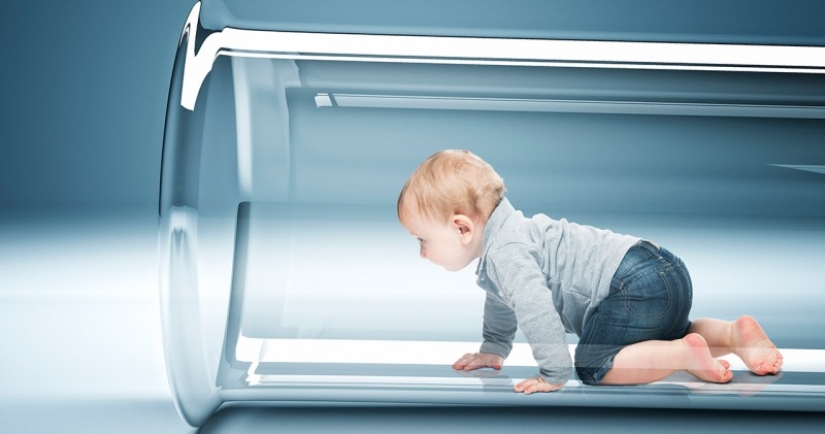
Chinese specialists from the Suzhou Institute of Biomedical Engineering and Technology have created an artificial uterus. This is a container filled with a nutrient medium, the parameters of which are controlled by artificial intelligence. An oxygen supply system is connected to the tank, and all processes inside are recorded by video cameras.
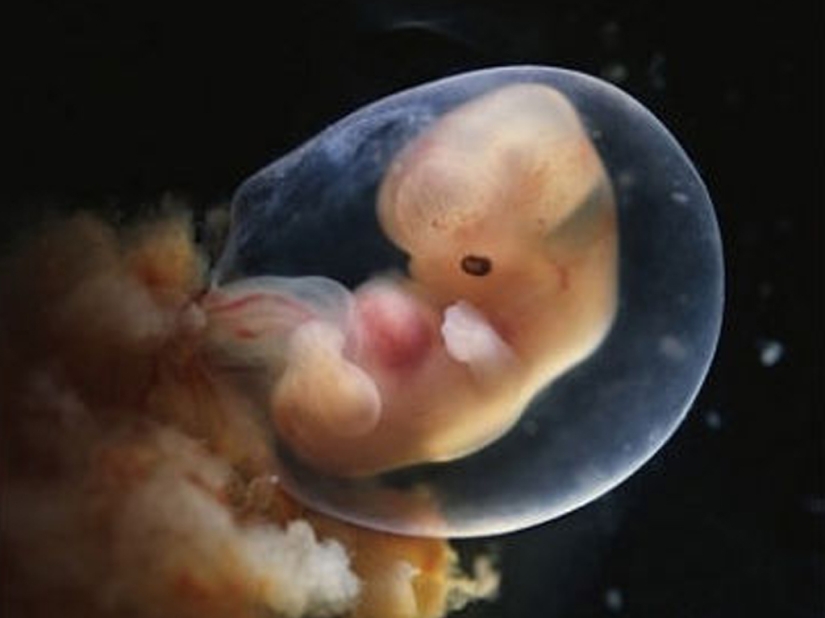
Mouse embryos develop in containers. Videos recording every moment of the birth of a new life are processed by a neural network. She notes the slightest changes in the state of the embryos and makes reports for scientists. Not only the size, blood circulation and temperature are controlled, but also more complex parameters.
Precise equipment is able to distinguish mouse embryos even for health reasons. So far, Chinese scientists have refrained from making predictions, but outsiders have reported that the technology is capable of growing a human embryo right now. The main snag is not in the equipment and knowledge, but in the moral aspects and subtleties of legislation.
Biologists from the American Northwestern University have developed artificial ovaries. Three-dimensional printing was used to create the organ, and gelatin became the material. It is a substance safe for living organisms, like a hydrogel, obtained from collagen of animal origin.
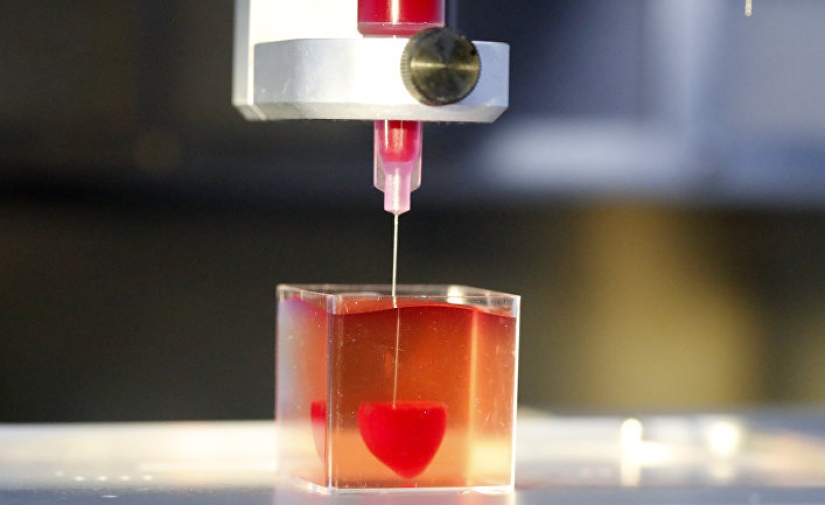
The main difficulty of the development was that the ovary had to be made porous and layered at the same time. Only in this case, he would be able to maintain the vital activity of the follicles and produce the cells that support them. But the Americans coped with this task.
Scientists from the USA even managed to equip the ovaries with a circulatory system. Completely ready-to-work organs were placed in the organisms of mice. Rodents were not only able to get pregnant quickly, but also successfully gave birth to healthy offspring. With a person, everything will be more complicated, but the technology can be used the same.
The Chinese Academy of Sciences has managed to synthesize artificial sperm. For this purpose, stem cells were used, which were reprogrammed. Interacting with hormones, chemicals and testicular tissues on the source material, spermatids were obtained. These are not quite full-fledged spermatozoa, since they do not have a tail, and the shape is rounded.

Nevertheless, the spermatids coped with their task and so. They turned out to contain enough genetic information to carry out conception. And again the heroic laboratory mice helped. Their females were fertilized with synthesized cells and they successfully gave birth to offspring.
At the American University of Wake Forest, they were able to create a penis, however, so far only a rabbit. It turned out to be not so easy and it did not come out the first time. The penis has a rather complex structure and must have a certain functionality, without which it is useless.
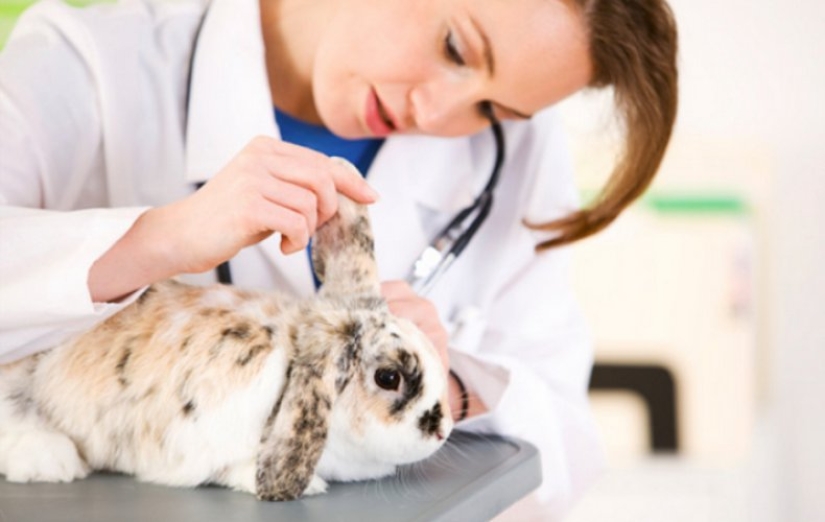
The reproductive organ was "collected" from different cells belonging to several animal species. The work continued for several years and was crowned with success. Grown "in captivity", that is, in test tubes, rabbit penises were transplanted to animals, and they were able to use them. With their help, it was possible to conceive offspring to several experimental females, who eventually gave birth to baby rabbits. This is no longer some mice, but a serious success!
It is not entirely correct to call an embryo created by scientists at the University of Utrecht, in the Netherlands, artificial. He's a real mouse. Scientists simply created it from two types of stem cells: trophoblastic and embryonic. The resulting embryo was placed in the uterus of a mouse and a pregnancy began to develop.
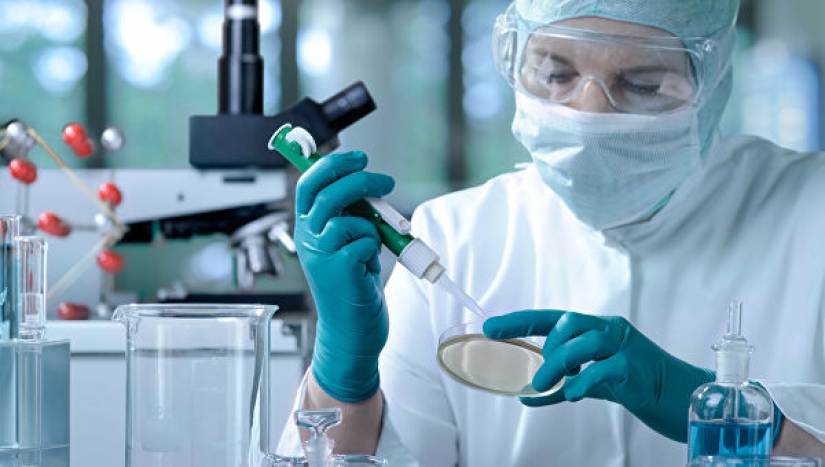
Unfortunately, it is not yet possible to carry such an embryo. But the discovery of Dutch scientists was still a serious success. With its help, you can thoroughly study the processes acting in the mammalian body in the first days after pregnancy. This will take artificial insemination to a whole new level.
So the next fantastic projects come to life, as it has happened more than once.
Recent articles

Most of us loved as kids magic tricks, but someone loves them right now. However, the attitude to the hoax became a few others ...

Everything is changing. This is well and has long been known to everyone. But when something stays with you for a long time, it is ...

Compared to the 1970-ies 1980‑e years were a time of cautious optimism in new York. Boom on wall street fueled the speculative ...